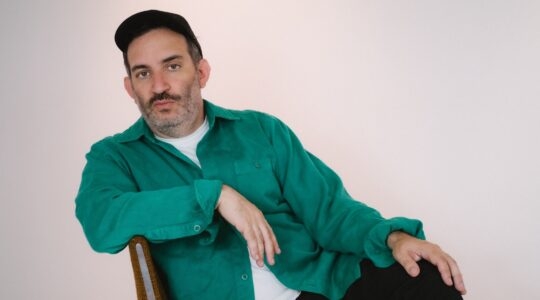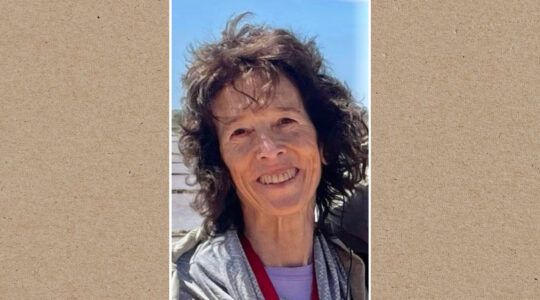Torah-observant residents of Southampton will be able to push baby carriages and wheelchairs on Shabbat and Yom Kippur.
That is the result of the Suffolk County town’s decision on Aug. 25 not to appeal a state court’s ruling that had allowed the erection of an eruv.
The town board authorized the town attorney to settle all litigation with the East End Eruv Association, which brought the suit. Robert G. Sugarman, the pro bono attorney for the association, said Tuesday that a settlement was reached and that it does not require the town to pay any restitution.
An eruv is a series of strings that creates a halachic public domain in which observant Jews can carry, or push objects, outside of their homes on Shabbat or Yom Kippur.
The association sued the town and the village of Quogue in 2010 after they claimed the lechis — wood or plastic strips that would be attached to utility poles to delineate an eruv — were signs that violated local laws. In addition, it sued the Village of Westhampton Beach, which claimed the eruv violated the Establishment Clause of the U.S. Constitution.
In response to all three municipalities’ decisions to bar the creation of an eruv, both Verizon and the Long Island Power Authority —whose utility poles the lechis were to be attached — withdrew permission to use their poles.
During the course of the litigation, a federal district court judge barred a group of residents opposed to the eruv from intervening in the suit. On appeal, the Second Circuit Court of Appeals in January both upheld the district court ruling and held that the eruv would not violate the Establishment Clause.
Sugarman, of the law firm Weil, Gotschal & Manges, said that based on that ruling, the Village of Westhampton has allowed an eruv to be erected but has not decided whether to appeal the ruling.
He noted also that attorneys for the Village of Quogue cited the Establishment Clause in their arguments; a federal court has yet to rule in that case.
In the case involving the Town of Southampton, Acting Supreme Court Justice Joseph Farneti ruled June 30 that “the issue is a straightforward legal one: does a lechi fall within the ambit of the [town’s] Sign Ordinance, i.e., does it display a message, symbol, etc.?”
Farneti said the dictionary definition of “display” when used as a verb means “to put or spread before the view … to make evident … to make noticeable.” When used as a noun, it means “a clear sign or evidence.”
“Thus, the uncontroverted testimony before the ZBA [Zoning Board of Appeals] that lechis are not discernable to the community establishes that lechis do not display a message or delineation and, thus, do not come within the ambit of the Sign Ordinance,” Farneti said.
Support the New York Jewish Week
Our nonprofit newsroom depends on readers like you. Make a donation now to support independent Jewish journalism in New York.
The judge cited a federal case involving the community of Tenafly, N.J., in which the court held that an eruv constructed with lechis “simply demarcates the space within which certain activities otherwise forbidden on the Sabbath are permitted.”
Farneti noted that the town did not cite any ordinance, statute or regulation that specifically pertained to lechis, but simply contended that lechis are a sign under its Sign Ordinance. The judge called that “irrational and unreasonable.”
And Farneti said his examination of photographs of the proposed lechis concluded that they are “invisible” and “not discernable. … Neither drivers nor casual observers would be able to differentiate the poles which have lechis attached from the other poles.”
The New York Jewish Week brings you the stories behind the headlines, keeping you connected to Jewish life in New York. Help sustain the reporting you trust by donating today.




